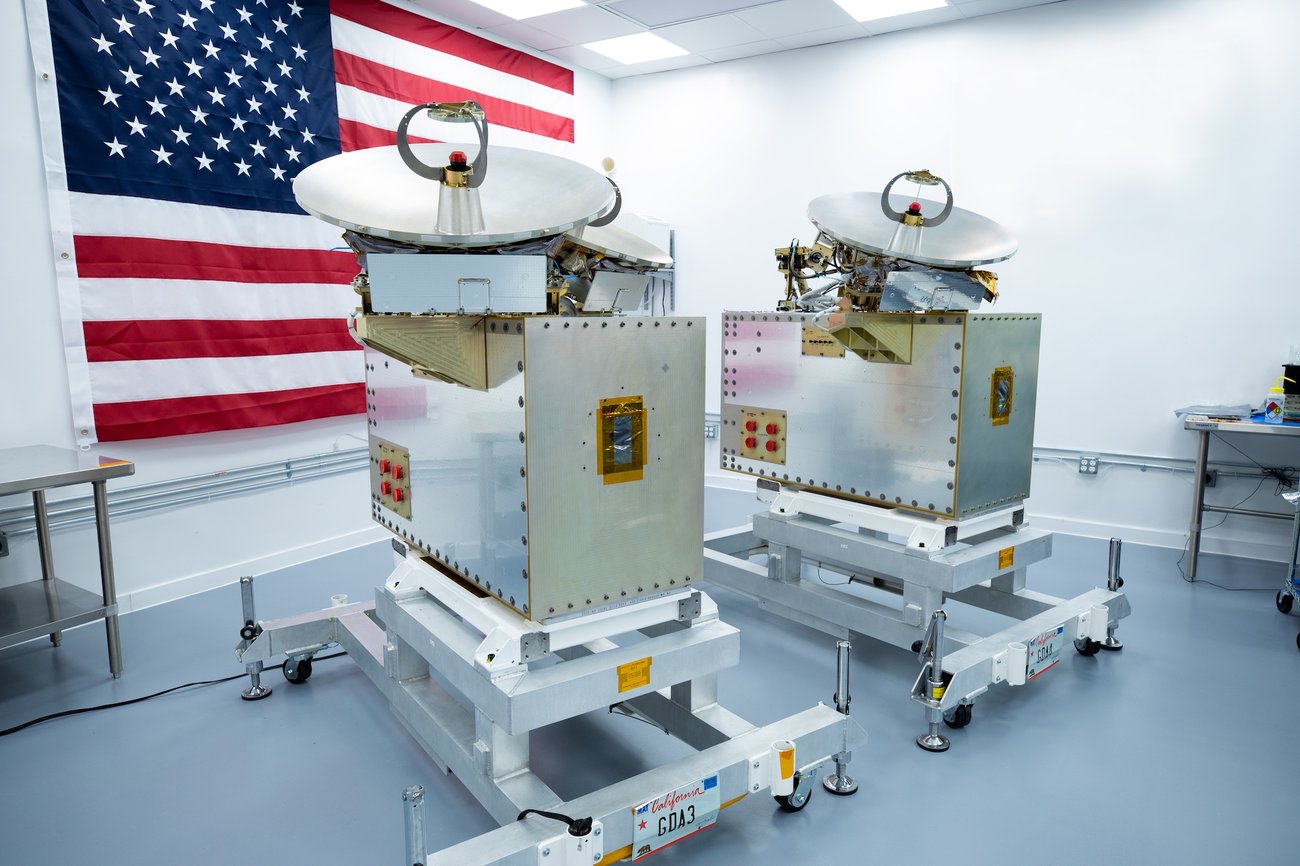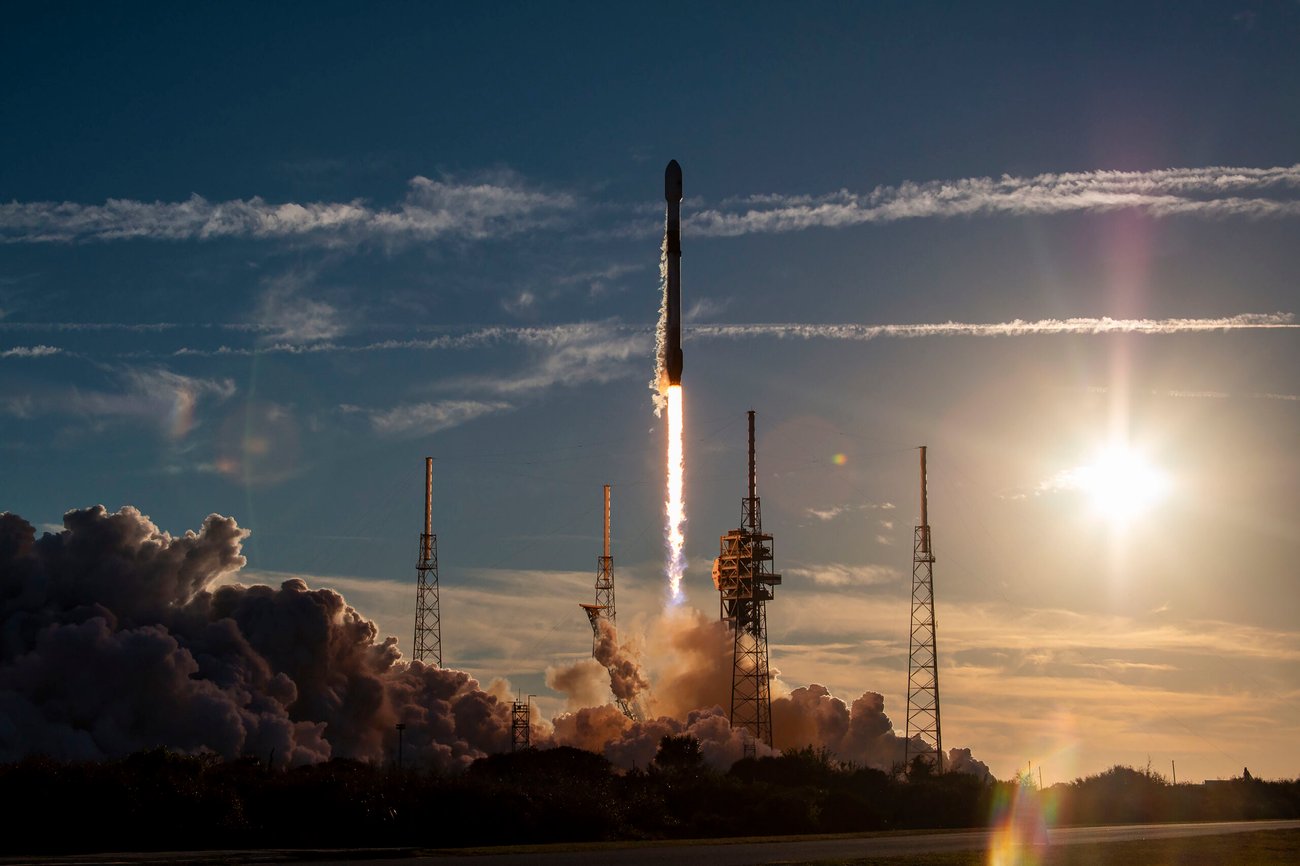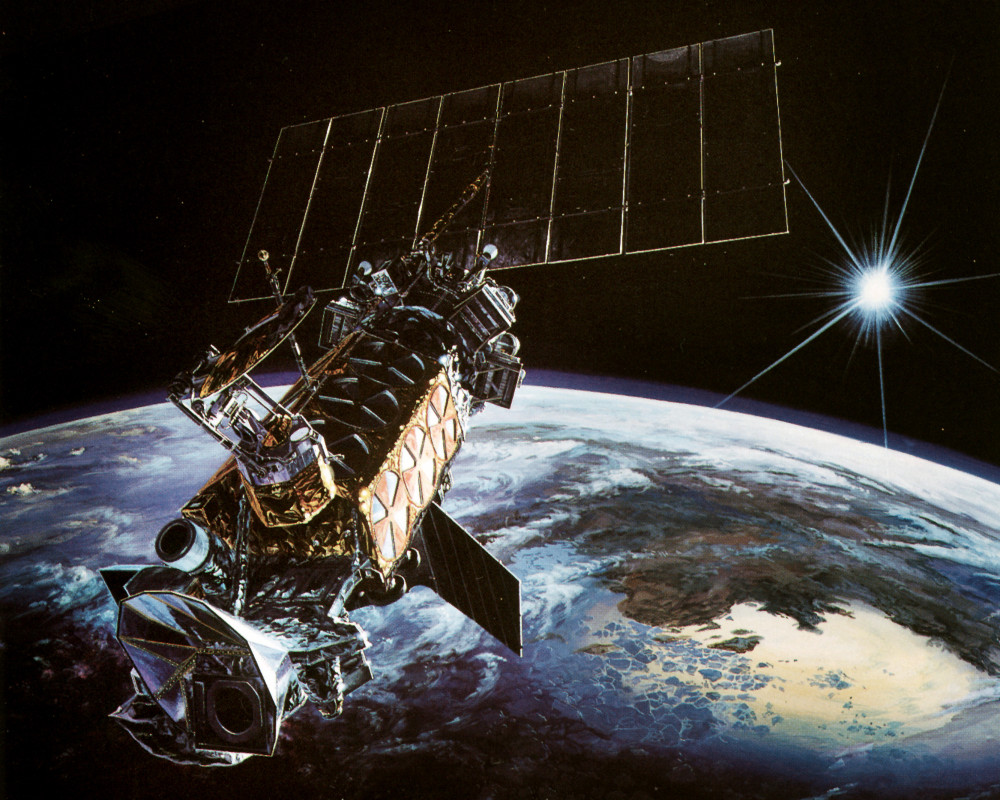They see an environment ripe for investing
| 01/07/2025 | | National security insights for space professionals. Delivered Tuesdays. | | View in Browser | | | | |
Happy 2025! Welcome to this week's edition of SpaceNews Military, your concise source for the latest developments at the intersection of space and national security. In this issue, we cover:
- A pivotal year ahead of space growth and innovation - Record space launches in 2024 - DoD's Office Of Strategic Capital unveils priorities
If this newsletter was forwarded to you, sign up for free here
| | | |  | |
Northrop Grumman announced on Monday it completed assembly and testing of its Protected Tactical Satcom Rapid Prototype (PTS-P) payload and delivered it to the company's facility in Gilbert, Arizona, where it will be integrated with an ESPAStar-HP bus. PTS-P is a geostationary communications satellite that will compete against a Boeing design in a military procurement estimated to be worth $2.4 billion. Credit: Northrop Grumman | | | | Political tailwinds set to boost space sector
SpaceFund, the early-stage venture capital firm focused on space technology, forecasts a transformative year for the space industry as new political leadership reshapes the regulatory landscape. The company forecasts that the incoming administration's historical support of Space Force will translate into increased congressional funding, potentially accelerating contract opportunities for startups and for more mature commercial firms.
The convergence of political support, streamlined regulations, and robust global competition creates an environment ripe for investment and innovation across the sector, SpaceFund predicts.
Developments to watch:
|  | | | | Cape Canaveral sets launch record as SpaceX dominates
Florida's Space Coast recorded 93 launches in 2024, up from 74 in 2023. SpaceX executed 88 of 93 launches from the Eastern Range, while United Launch Alliance conducted five.
Eastern Range commander Brig. Gen. Kristin Panzenhagen credits the increased launch tempo to innovations led by government and industry. A new program known as "One Falcon" was started to help SpaceX surge launches on both coasts.
Panzenhagen says the surge in private sector operations is strengthening national security capabilities through infrastructure improvements and rapid response innovations.
Global launch records: -
There were 259 orbital launch attempts in 2024, a 17% increase from the previous record of 221 orbital launch attempts in 2023, based on SpaceNews analysis of open source records. -
That figure does not include suborbital launches, such as four SpaceX Starship/Super Heavy test flights or two launches of the HASTE suborbital variant of Rocket Lab's Electron. -
SpaceX performed 134 Falcon 9 and Falcon Heavy launches in 2024, up from 96 in 2023. The company performed more orbital launches than the rest of the world combined.
| | | | | |  | |
A continuing debate in national security space: Who does what?
National Defense University senior fellow Todd Pennington in a SpaceNews op-ed highlights challenges in determining who controls what within the U.S. national security space enterprise. He identifies several issues to watch: -
Command structure tensions between Space Force and regional combatant commands could resurface, testing agreements from earlier "Antares Talks" about which space capabilities should be managed globally versus regionally. -
Inter-service rivalries over space assets remain unresolved, with some Space Force advocates pushing back against Army and Navy efforts to maintain their own space capabilities — even as the Space Force's chief gains new authority as force design architect. -
The handoff of traditional airborne missions like ground target tracking to new satellite systems is creating fresh turf battles between military commands and intelligence agencies over who controls these capabilities. -
Trump's expressed support for creating a Space National Guard could clash with recent reforms giving the Space Force a more flexible personnel system for part-time "citizen guardians" operating under federal authority.
| | | | Pentagon's Office of Strategic Capital announces 2025 investment priorities
The Department of Defense's Office of Strategic Capital (OSC) last week released its FY2025 Investment Strategy, outlining plans to deploy $984 million in equipment financing loans to strengthen America's critical technology base.
OSC identified 15 high-priority industry segments for investment, including: Microelectronics (assembly, testing, packaging, and manufacturing); advanced manufacturing and materials; battery storage and renewable energy, synthetic biology and biochemicals, autonomous systems and robotics, spacecraft and space technology.
New initiatives: -
Equipment financing program launching January 2025 -
Loans ranging from $10M to $150M available -
Focus on scaling domestic production capabilities
| | | | | A defunct military weather satellite has broken up in orbit and created more than 50 pieces of debris, the latest in a series of similar incidents involving that line of spacecraft.
The U.S. Space Force reported Dec. 19 that it had identified a "low-velocity fragmentation event" involving the DMSP-5D2 F14 spacecraft.
The 750-kilogram satellite was launched in 1997 as part of the Defense Meteorological Satellite Program, operating in a sun-synchronous orbit. The spacecraft was retired in 2020 but remained in its orbit.
|  | | | | |
Startup True Anomaly announced a key milestone after successfully deploying and establishing communication with its Jackal satellite on its second mission.
The company's first mission was unsuccessful. True Anomaly is seeking to carve out a niche in the defense and national security market with spacecraft designed for military orbital operations and space domain awareness.
The Jackal satellite launched Dec. 21 on SpaceX's Bandwagon-2 rideshare mission was the company's third spacecraft sent to orbit.
| | |  | | A new environmental study is intended to support an increase of SpaceX launches from a California spaceport, but that growth faces potential obstacles.
The number of launches from Vandenberg has increased sharply in recent years. An environmental study getting underway would allow even more launches from the West Coast range.
| | | | | What's New With SpaceNews? | | Don't forget to sign up for our next webinar! |  | | Join us January 15 for a dynamic webinar that explores how the space sector may change after the transition from President Joe Biden to President-elect Donald Trump | | | | | | |


No comments:
Post a Comment